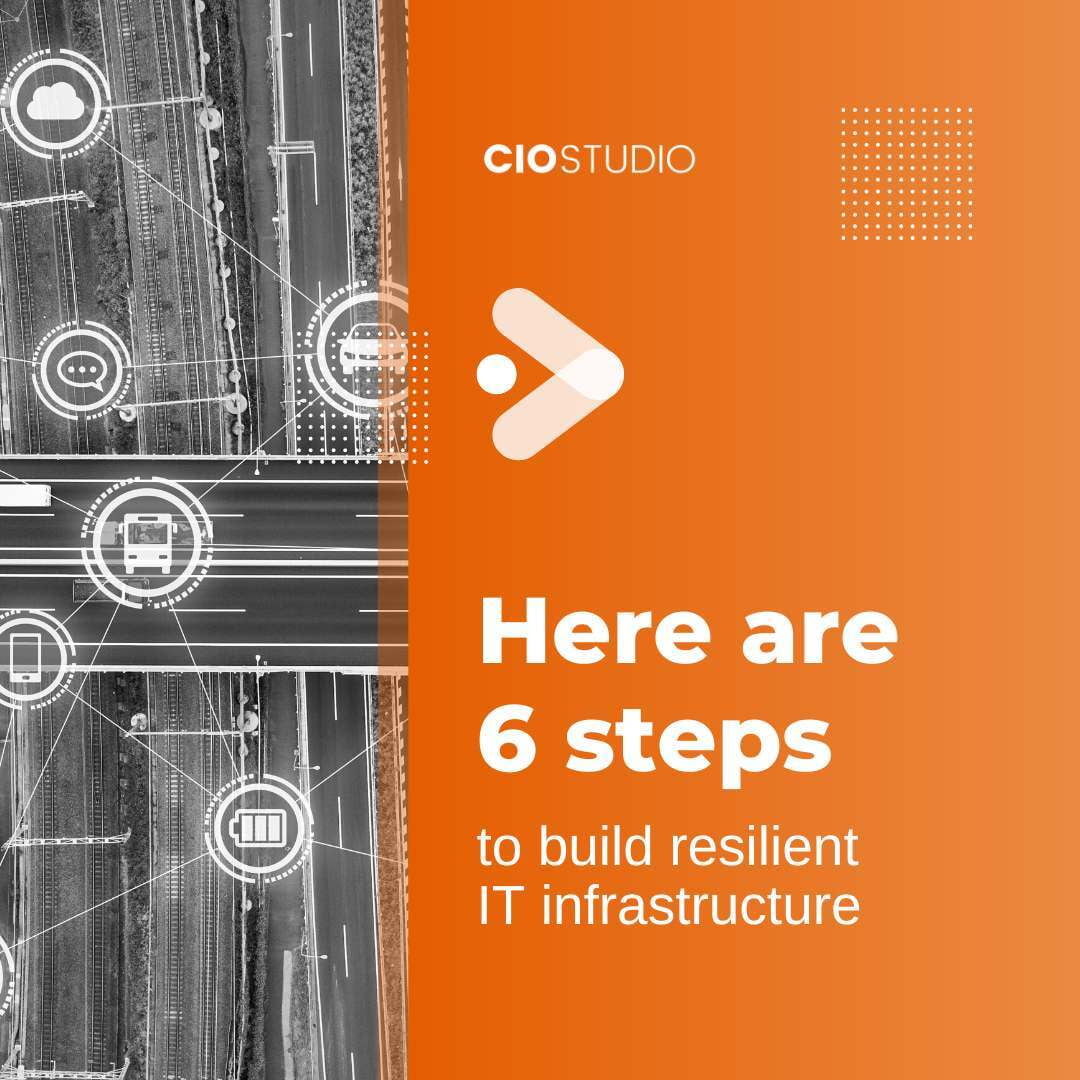by Paul Matthews, CEO
The devastating floods that hit Hawke’s Bay, Tairawhiti, Northland, and parts of Auckland this month have sparked a seed of existential angst in all of us.
The devastating floods that hit Hawke’s Bay, Tairawhiti, Northland, and parts of Auckland this month have sparked a seed of existential angst in all of us.
We are finally having a serious discussion about “infrastructure resilience”, “managed retreat”, and whether to rebuild in areas that are likely to face serious floods again as climate change increases the frequency of extreme weather events.
Yep, this may well be our new normal, considering if parts of the country are still even viable to live and work in.
But we aren’t alone in facing this challenge - climate change is testing humanity’s resilience across the world. An inquiry into the floods will help inform efforts to shore up infrastructure, such as our neglected roads, bridges, and electricity substations.
Our telecommunications network providers have learned some valuable lessons that will assist their efforts to maintain and restore essential internet and telephony services during future disasters. We’ll come out of this stronger and yes, more resilient.
Your worst nightmare
We should also apply this thinking to the technology that every organisation relies on to run its supply chain, enable employees, and serve customers. Gisborne and Napier's retailers were, for days, hamstrung by not being able to offer Eftpos services to customers desperately trying to buy food, water, and fuel in the wake of the floods. The result was lost sales and disgruntled customers - and in the worst possible circumstances. Apply that scenario to your own business - it’s a potential nightmare.
IT resilience comes up in most of the conversations we have with business leaders. We don’t just talk about natural disasters that have a nasty habit of taking out power supplies and scattering the workforce.
We talk about major faults, cybersecurity incidents, and surging demand, which is a nice problem to have but has also overwhelmed and embarrassed too many New Zealand businesses to mention.
The Covid-19 pandemic taught us that IT resilience can keep our businesses operational even when stores are shut and workers are locked down at home. The move to cloud computing platforms, managed security services, and greater redundancy in data connections and data centres have all contributed to improved uptime when it comes to infrastructure.
But just as we’ve been complacent about the state of the infrastructure we contribute to as tax and ratepayers, we’ve often paid too little attention to shoring up the physical and digital infrastructure our livelihoods depend on.
Here are six steps you can take to build resilient IT infrastructure:

1. Conduct a comprehensive risk assessment: Identify potential risks and vulnerabilities in your IT infrastructure and develop a risk management plan that will allow you to address them in a timely fashion.
2. Implement a robust cybersecurity strategy: Protect your IT infrastructure from cyber threats by implementing firewalls, intrusion detection systems, and antivirus software. This will help head off one of the key threats to IT infrastructure resilience - cyber attacks.
3. Regularly update and patch your systems: Keep your systems up-to-date with the latest security patches and updates to reduce the risk of vulnerabilities being exploited and being lumbered with outdated systems that are difficult to bring back online.
4. Have a disaster recovery plan: Data backups are good, but far too many businesses have realised - too late - that that's not enough. Develop a disaster recovery plan to minimise the impact of any disruption to your IT infrastructure. This plan should include backups of critical data, a clear plan for restoring systems, alternative backup power sources, and regular testing to ensure it is effective.
5. Train employees: Ensure that all employees are aware of their role in protecting the IT infrastructure and are trained on cybersecurity and disaster recovery best practices.
6. Conduct regular security audits: Regularly review your IT infrastructure and security measures to identify and address any vulnerabilities.
At CIO Studio we can lead these activities for you, independently. Or our Discovery Project can give you a valuable second opinion on your level of IT resilience. We not only review the processes and applications you are running and analyse your customer experience and market presence - we know how to look at the bigger picture.
We take a deep dive into your infrastructure, making sure you have the technology foundations in place to support your mission - particularly when disaster strikes.
Get in touch with CIO Studio to see if our Discovery Project is right for you and your organisation.



